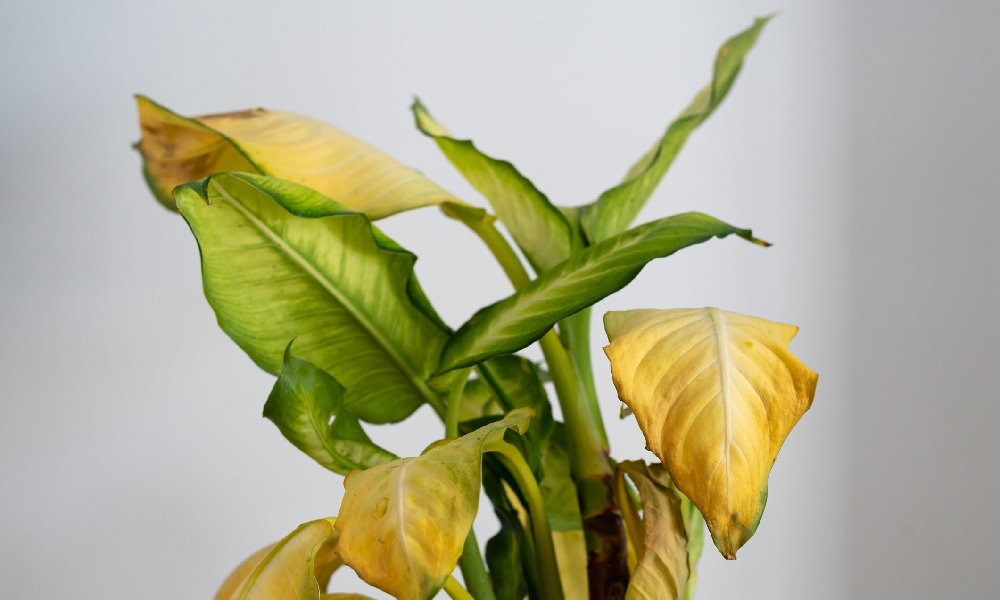How to Revive a Dying Plant: A Comprehensive Guide for Green Thumbs and Brown Thumbs Alike

Have you ever experienced the heartbreak of watching your beloved plant wither away despite your best efforts? If so, you’re not alone. In our fast-paced lives, even the most attentive plant parents can find it challenging to sustain the vitality of their green companions. But despair not; hope is on the horizon.
Whether you’re a seasoned horticulturist or a novice embarking on your first plant journey, this guide will offer actionable tips to breathe life back into your languishing leafy friends. For those specifically looking for advice on gardening in Melbourne, you’ll find these guidelines particularly suitable, given the unique climate conditions in the region.
Identify the Symptoms
Before you can effectively revive a dying plant, you need to understand what’s ailing it. Look for the following symptoms:
- Yellow Leaves: Nutrient imbalance or watering issues.
- Brown Tips: Usually a sign of low humidity or over-fertilisation.
- Droopy Leaves: Over-watering or under-watering.
- Stunted Growth: Lack of nutrients or insufficient light.
Optimal Watering Techniques
Watering is a simple act that’s often complicated by various factors such as the type of plant, the season, and the climate. Over-watering is just as detrimental as under-watering – if your plant’s leaves are droopy and the soil feels soggy, chances are you’ve been a little too generous with your watering can.
- Solution: Allow the soil to dry out a bit before your next watering session. In Melbourne’s often fluctuating climate, consider a moisture meter to gauge soil moisture levels accurately.
The Right Light
Insufficient light can manifest as elongated stems, stunted growth, or yellow leaves. On the other hand, too much light can cause leaves to become dry, brittle, or develop brown spots.
- Solution: Adjust the placement of your plant according to its light requirements. Use sheer curtains to diffuse intense sunlight, or employ grow lights for plants needing more light.
The Nutrient Game
Over-fertilisation often leads to nutrient imbalances, manifesting as brown leaf tips or a white crust on the soil. Insufficient nutrients result in slow growth and pale leaves.
- Solution: Implement a balanced fertilisation regimen suited to your plant’s specific needs. Organic fertilisers release nutrients slowly and are less likely to cause imbalance.
Adequate Air and Humidity
Lack of humidity, especially in indoor settings or during Melbourne’s dry summer, can lead to brown leaf tips and drooping.
- Solution: Place a humidifier near your plant, or group several plants together to create a more humid microclimate. Alternatively, a shallow tray filled with water and pebbles can also provide extra humidity.
Pest and Disease Management
Inspect leaves, stems, and soil for signs of pests like spider mites, aphids, or fungal infections. Early detection is crucial for effective treatment.
- Solution: Neem oil or insecticidal soap can treat most common pests. For fungal diseases, copper-based fungicides are generally effective.
Repotting: A Fresh Start
If your plant suffers from stunted growth or becomes root-bound, it might be time to repot.
- Solution: Choose a new pot that is 2-3 inches larger in diameter than the current one. Fresh, well-draining soil can work wonders for your plant’s health.
A Helping Hand
If you’ve gone through all these steps and still find your plant struggling, don’t hesitate to consult a professional – the complex microclimate variations found in Melbourne can sometimes require specific expertise. By focusing on the above factors, the act of reviving your dying plant can become a fulfilling journey rather than a chore. So go ahead, put on your gardening gloves and reclaim your green thumb!






